How about making a creative QR code design to customize your QR code?
This guide is suitable for marketers at all levels, from experienced professionals to novices.
It aims to enlighten readers on the potential of creative QR code design.
What is a Custom QR Code?
A custom QR code advances the regular, sometimes dull, black-and-white QR codes we're all accustomed to seeing.
The unique design elements in your custom code can reflect your branding, thus making your QR code part of your brand identity.
With a custom QR code, you can incorporate logos, colors, and other design elements that will make the code unmistakably yours, instantly communicating your brand message to your audience even before the scanning process is done.
Branded QR codes open a world of opportunities to go beyond the black-and-white boxes. They blend data storage and brand expression, adding visual interest and increasing audience engagement.
How QR Code Customization is Beneficial
Simply knowing how to make a creative QR code design isn't enough. Understanding the myriad ways that QR code customization can benefit your brand is critical.
Not only does the customization of QR codes make your brand more recognizable, it also provides a medium to engage in omnichannel analytics, reduces advertising costs, and allows real-time data tracking.
Brand Recognition
A glance at a well-customized QR code instantly gives an identity to the brand it represents. It's like seeing the iconic 'swoosh' and instantly thinking of Nike or the golden arches and thinking of McDonald's.
This connection doesn't happen accidentally; it results from meticulous design and consistent branding. In the same vein, incorporating your brand's core design elements into your QR codes enhances their visual appeal and strengthens your brand recognition.
When consumers see a custom QR code with your brand's color scheme, logo, or other identifiable graphics, they instantly draw a connection to your brand.
Omnichannel Analytics
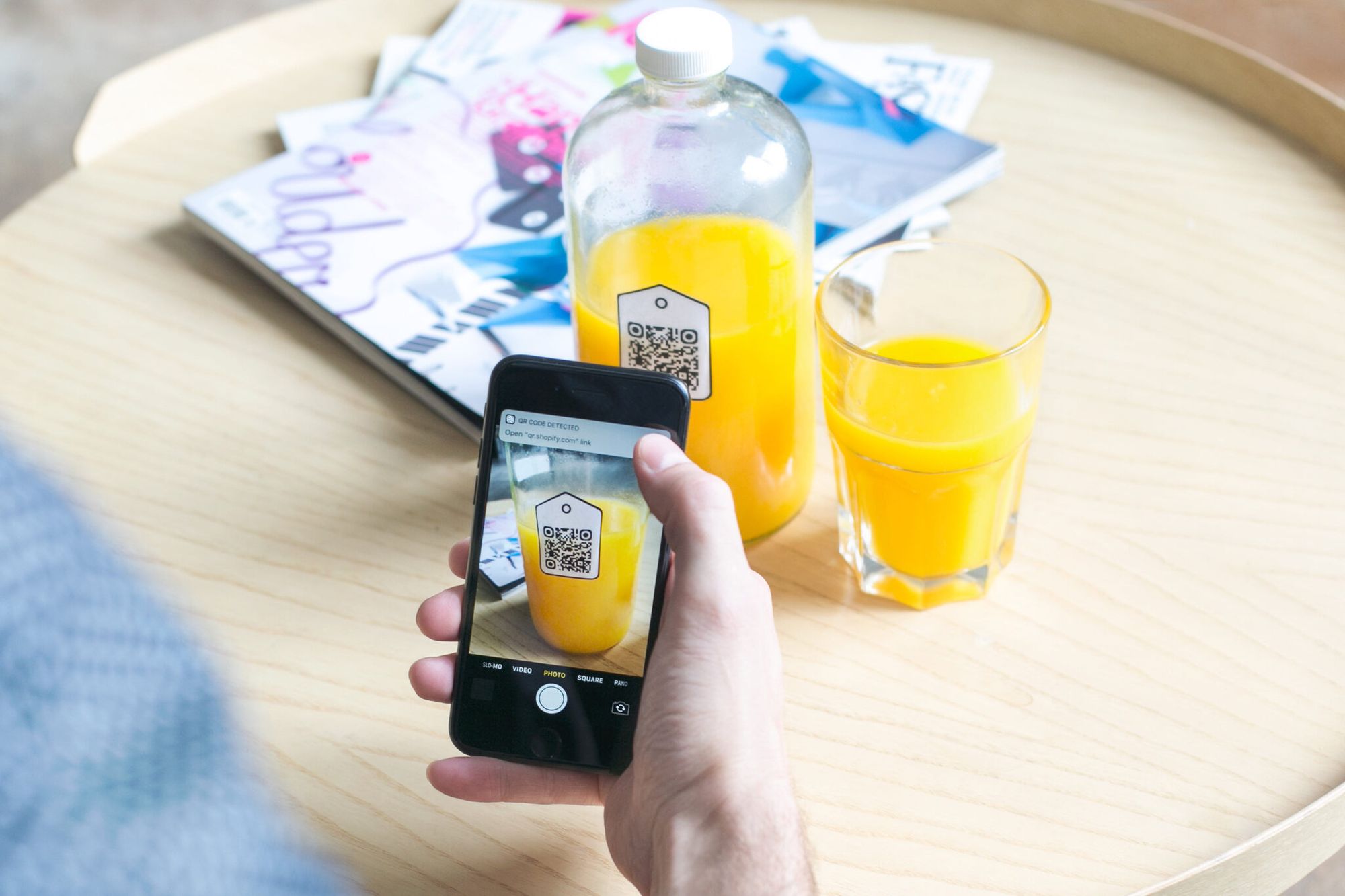
One of the catchy phrases on the rise is "omnichannel analytics." Does it sound lofty and intimidating? Don't worry; we are here to simplify it. In the world of marketing, different channels refer to the various means by which a brand communicates with its audience.
This could be through the company website, social media platforms, email newsletters, print advertising, and more.
Now, guess what? QR codes can become your one-stop tool for tracking consumer activity across these channels. By placing QR codes on different marketing materials, you can track where your audience interacts with your brand. This data can provide valuable insights into consumer behavior, which can aid in devising future marketing strategies.
Saving on Advertising Costs
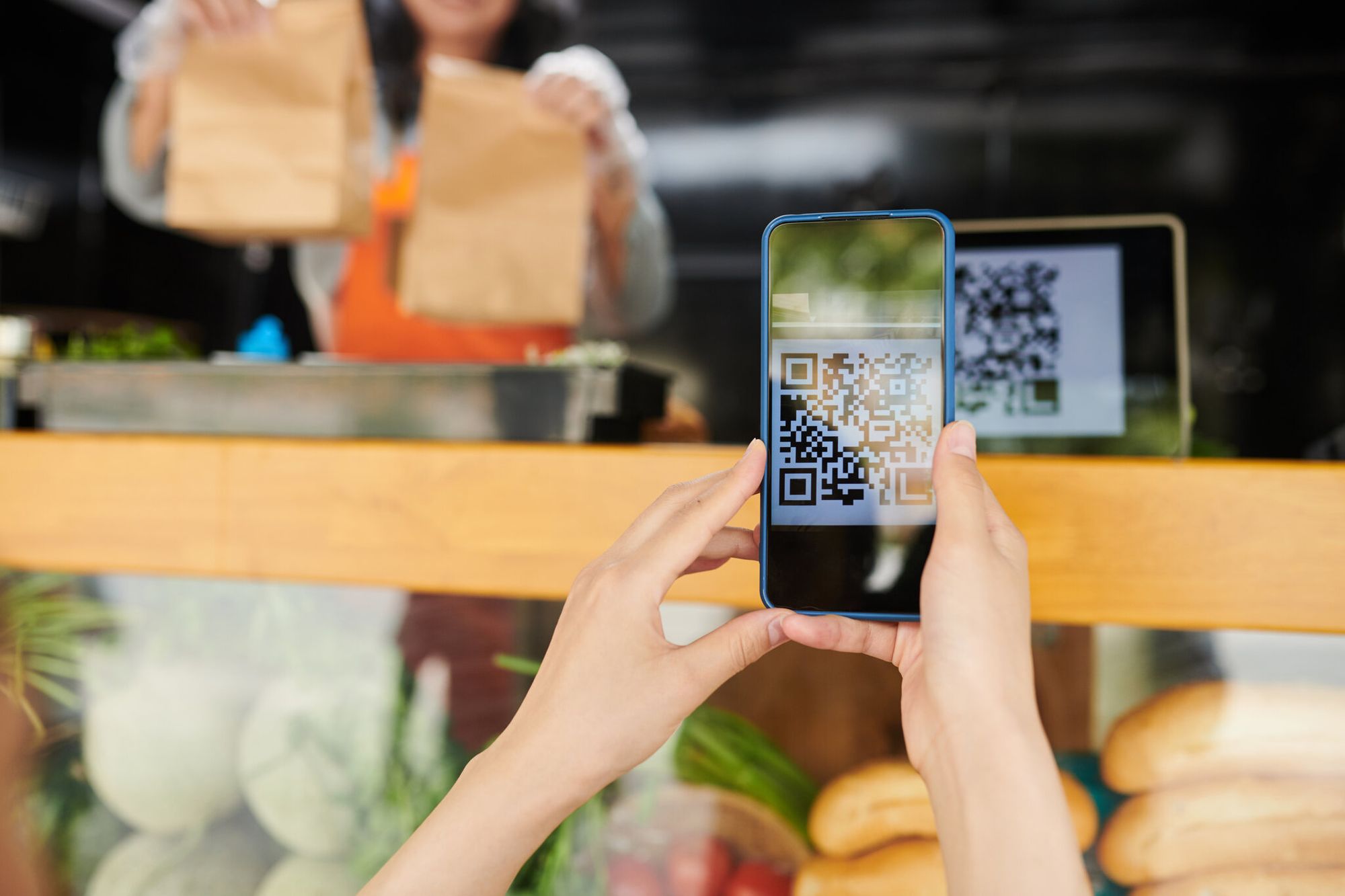
Regarding advertising, most companies are willing to invest heavily to reach a broader audience. However, reality check: not every business has the budget of giants like Apple and Google. If that's your case, don't worry, custom QR codes are here to the rescue.
By incorporating QR codes into your marketing materials, you add a digital extension to your physical ads.
Think of it like hiding a whole new universe behind that tiny square. This approach allows you to connect your offline engagement with an online experience. That menu you give out in your restaurant can hold much more than a list of dishes - it can redirect users to your site for online orders, promotional deals, or a virtual kitchen tour!
Real-Time Data Tracking
Perhaps an underrated advantage of QR codes is the real-time data tracking it offers. With a custom QR code, you can track immediate data every time the code gets scanned. This includes the geographical location of the scan, the timing, the frequency, and even the type of device used for scanning.
Did one location have more scans than another? You can focus more on that locality. Did one leaflet get more scans than another? You can repeat its design or placement. This real-time feedback is immensely helpful in tailoring your marketing efforts, akin to having a personal guide showing you the way!
5 Steps to Effective QR Code Design
Now that we have covered the benefits of a customized QR code, it's time to dig into the meat of the matter - 'how to make a creative QR code design.' Excited yet? Good! It's time to uncover the steps to an effective QR code design. Buckle up; it's going to be an informative and exciting journey.
1. Choosing the Right QR Code Generator
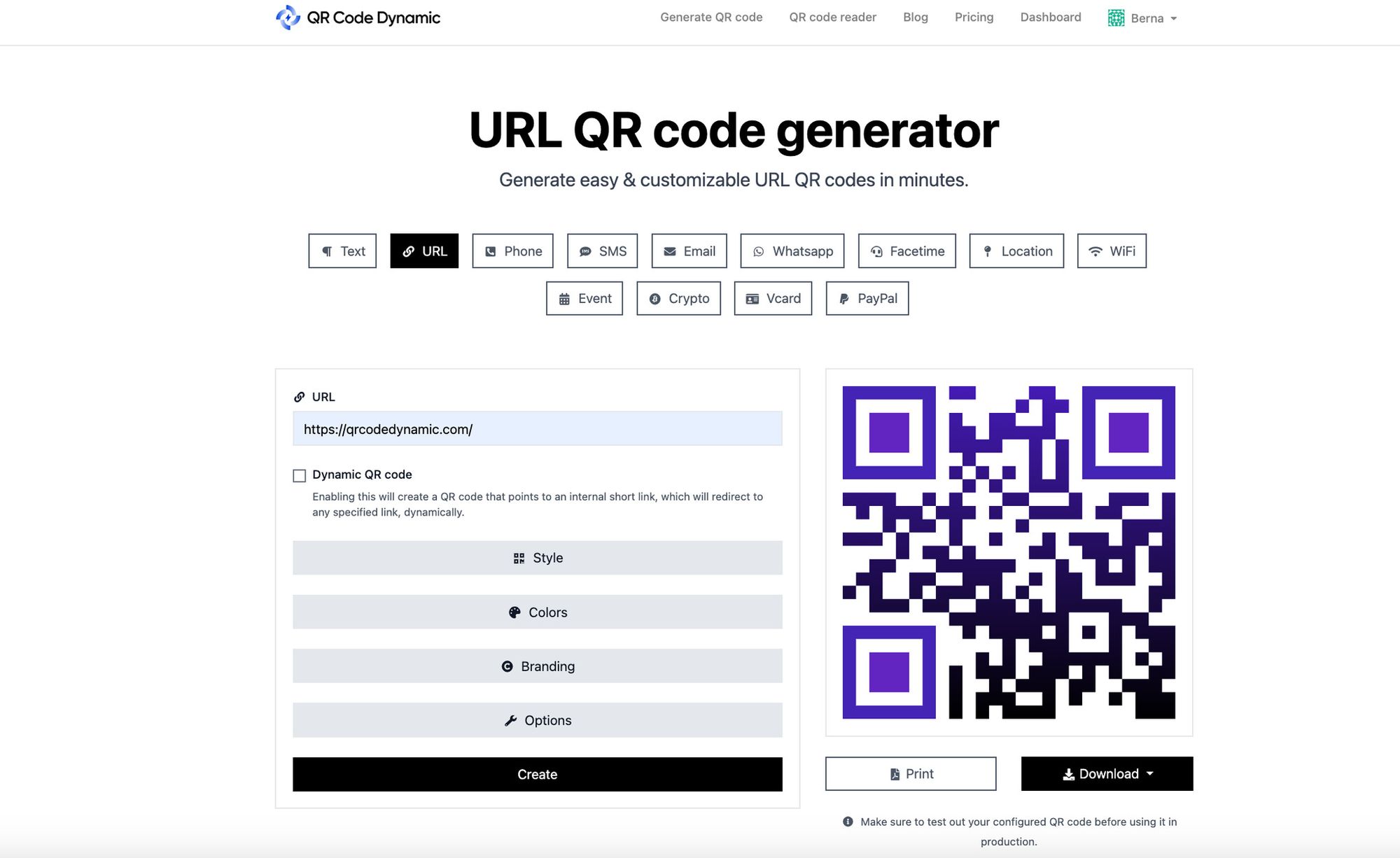
The heart of creating the perfect QR lies in selecting the right QR code generator. With an array of options available, making the right choice can be a tad confusing. You can use QR Code Dynamic since it offers a lot of customization options, along with an easy-to-use interface.
Some of the features to consider in your ideal QR code generator include support for various QR code types, options for color and logo integration, and compatibility with a range of file formats.
2. Filling in Relevant Data: Which Data to Include?
Make no mistake; the data you include in your QR code is as essential as the design. QR code isn't just about cool designs; its primary purpose is to store and share information.
The type of data you include will depend on the specific application for each code. Since QR codes can be used for numerous tasks - from redirecting to a web page, sharing contact details, providing map locations, etc.- you need to ensure the data you include is relevant to the anticipated use.
3. Picking Your QR Code Type
The type of QR code you choose depends on where you intend to use it and the function you want it to perform. The common types include:
- Static QR Code: This type of QR code carries a fixed set of information. Once generated, the data inside it cannot be changed. This type is ideal for scenarios where the information you're sharing doesn't change, like providing email or physical address.
- Dynamic QR Code: Compared to static, a dynamic QR code is much more exciting! The information stored in it can be edited and updated even after the code has been generated and distributed. This means you can make updates without having to reprint the QR code. They're perfect for ever-changing data like discounts, events, and contest details.
Do remember that the choice you make between static and dynamic can also impact your ability to track scanning data. Choose wisely!
4. QR Code Customization: Colors, Logos, and More
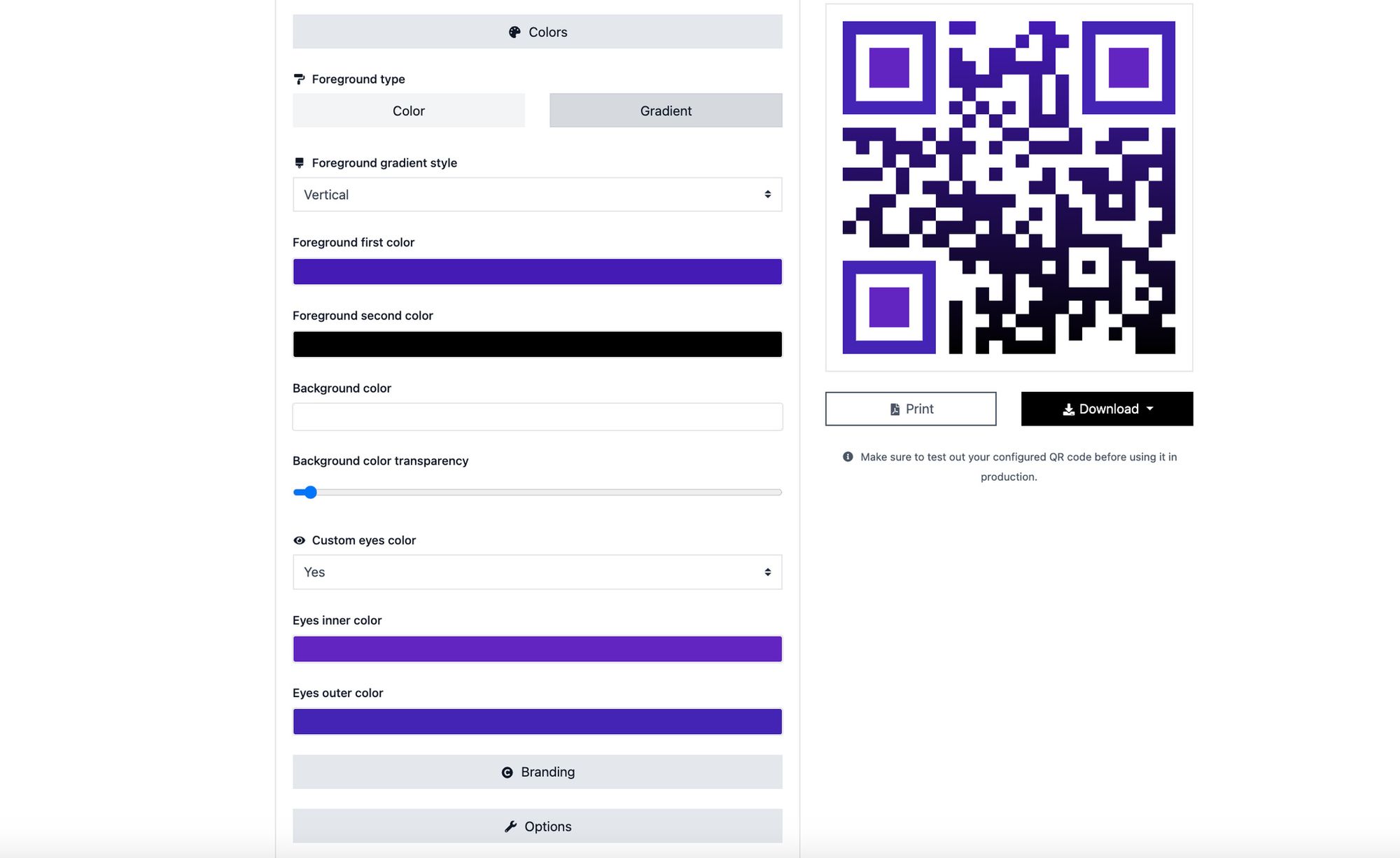
Here comes the star of the show - the customization process! With a customizable QR code, the world of colors, patterns, and designs is at your fingertips. However, beware. Do not let aesthetics overshadow the functionality. The QR code must be scannable above all.
When it comes to adding a logo, ensure it is placed clear of the essential parts of the code so it doesn't interfere with the scanning process. Remember, your logo should be a part of the QR code, not a hindrance!
Lastly, remember consistency. The design elements, including the color scheme and logo, should align with your overall branding strategy. The central goal should be brand recognition alongside data storage.
5. Testing and Troubleshooting Your QR Code
Once you've created the perfect-looking QR code, it's time to test it. Don't skip this stage! No matter how flawless your design may seem, it's always better to be safe than sorry.
Begin by testing the QR code with a variety of scanning apps on different phones to check compatibility. Next, ensure the data in the QR code is correct, and the destination URLs function properly.
Lastly, evaluate how well your brand's design elements are integrated into the QR code. Does the logo stand out? Are the brand colors vivid?
QR Code Design Tips and Tricks
Now that we've taken the first step of creating a QR code let's dive deeper into the nuances of design to make your QR code a true stand-out. It's all about the right colors, the correct size, and the distinctive design while keeping in mind not to overdo it.
Sounds like a balancing act? Don't worry! We're here to guide you on how to strike the right balance.
Selecting Your Color Palette: Why it's Important?
The moment one hears of QR codes, the immediate image that pops up is black and white. However, that was so yesterday! Today, the custom QR code comes in full color.
Choosing the right color palette for your QR code is central to making it unique and aligned with your brand identity. Your colors should stand out, resonate with your brand, and attract scans. However, remember that color selection isn't just about brand consistency or visual appeal; it plays a critical role in the scannability of your QR code.
Influence of Logo in QR Code Design
We've touched base on this earlier, but the importance of incorporating your logo into your QR code design cannot be overstated. The simple addition of a logo can transform an ordinary QR code into a powerful, recognizable marketing tool that is unmistakably yours.
Your logo should sit right in the center where it attracts attention but doesn't disrupt scannability. This is why most QR Code generators would make a 'quiet zone' around the logo to ensure it doesn't interfere with the scanning process.
Remember to keep the logo sharp and clear for the best results. A pixelated logo can bring down the overall aesthetics of your QR code and make it look unprofessional.
Choosing the Correct QR Code Size
Ensure your QR code is big enough to be scanned easily. However, it shouldn't be so big that it becomes ungainly and difficult to fit into your marketing materials.
As a rule of thumb, the QR code should be at least 2 cm by 2 cm (about 0.8 inches); however, what's more important is to keep in mind the distance from which your audience will be scanning the code. If they are expected to scan from a distance, you may need to consider enlarging the codes beyond the minimum size.
Making Your Code Distinctive: Design Best Practices
Injecting personality into your QR code involves more than sticking your logo in the middle or adding a dash of your brand color.
A successful QR code design embodies the brand's vibe. Make it unique and expressive through the design by using brand-specific shapes, abstract art, or stylized frames, keeping in mind not to truncate scannability.
If your brand is playful, reflect that in your QR code with vibrant colors and fun shapes if your brand image is more formal, stick to strong lines and more restrained colors.
The idea is to create a QR code design that mirrors your brand personality and, thereby, brings a smile to the face of the scanner.
Adding CTA to Your QR Code: How and Why?
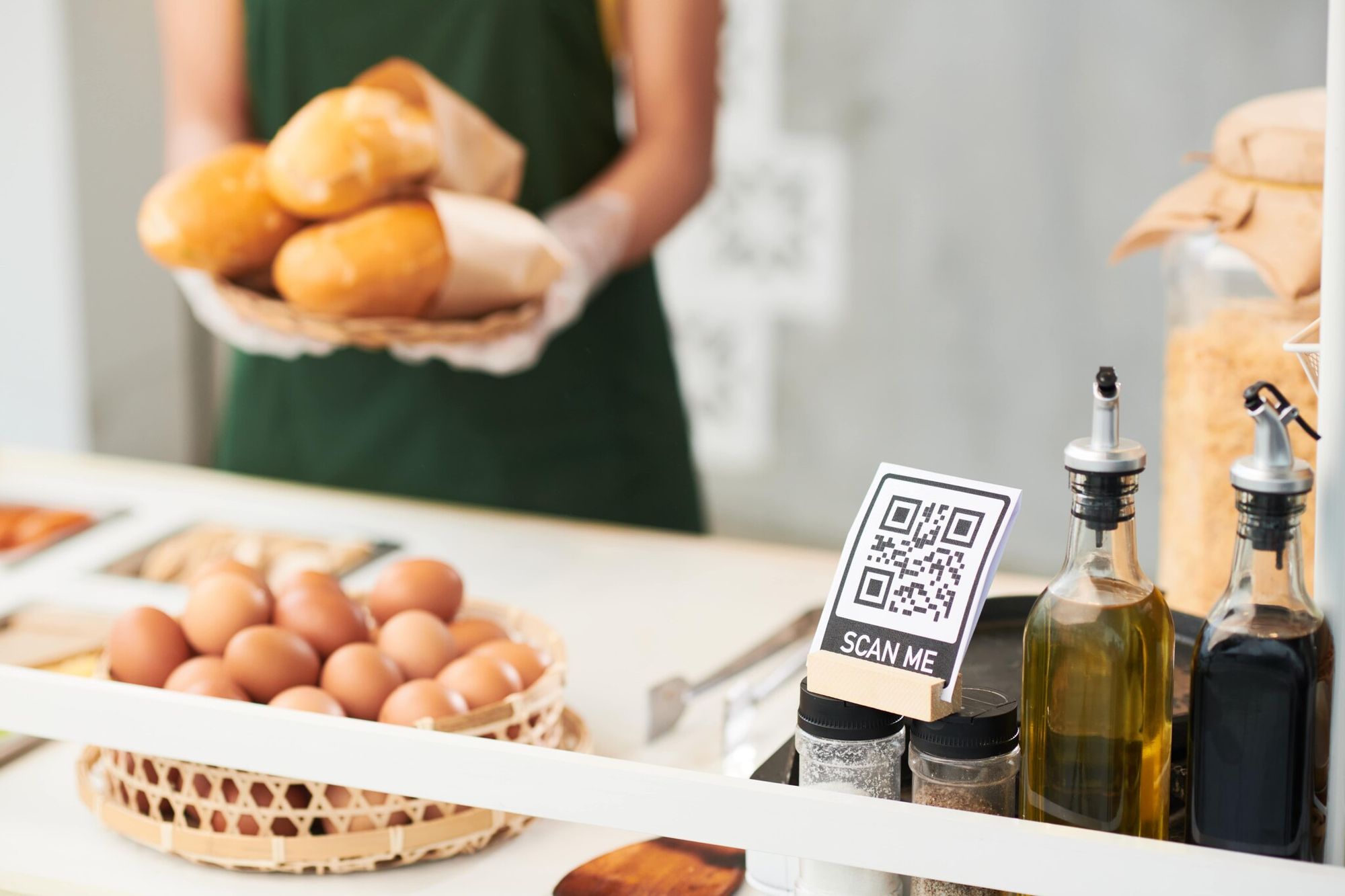
Rule number one in marketing is always guiding your audience toward the desired action. Even with QR codes, adding a clear call to action (CTA) such as "Scan Me," "Get a Discount," or "Discover More" can significantly increase the chances of your QR code getting scanned.
A suggestive and persuasive text encouraging people to take action is the magic wand that boosts scan rates. Don't underestimate the power of a good CTA!
Avoid Over-Customization
Customization is great; it gives personality to the mundane QR code. However, overdoing it can be harmful.
Even though you might be tempted to create elaborate designs, remember that not all encoders can read ultra-stylized QR codes. It's crucial to strike a balance between aesthetics and functionality.
Why Not Invert the QR Code Color
If you're thinking of being a rebel and going in for an inverted QR code where the square is light and the background is dark - hold that thought!
While such a design may look great in theory, it, unfortunately, causes scanning difficulties as few QR scanners can read inverted or negative QR codes. Stick to the conventional design to ensure your QR code can be scanned by everyone, everywhere.
Drawbacks of Using Light Colors
Using light colors for your QR code is a pitfall best to avoid. QR scanners rely on contrast and color differences to read the code. When light colors are used, it may become harder for the scanners to read the code, resulting in low scan rates.
5 Real-Life Examples of Branded QR Code Usage
Real-world examples of branded QR codes have created an impact on the brands.
- 1. Snapchat's Snapcodes

Snapchat transformed the QR code scene by introducing Snapcodes - a creative variant of QR codes that allow users to add friends, visit websites, and unlock filters and lenses. Snapcodes with ghost logos and dotted designs are a perfect example of how the app's essence was captured within a QR code, making it trendy, relatable, and uber-user-friendly.
- 2. Burberry's Use of QR Codes for Experiential Marketing
Luxury fashion house Burberry did something remarkable with QR codes. They shared custom QR codes on WeChat, leading users to their personal Burberry Lunar New Year games. The users could shake their phones to gift virtual Burberry-wrapped presents to their friends, enhancing engagement with an adventurous and festive spirit, all powered by a simple QR code!
- 3. Coca-Cola's Unique Bottle Caps QR Code
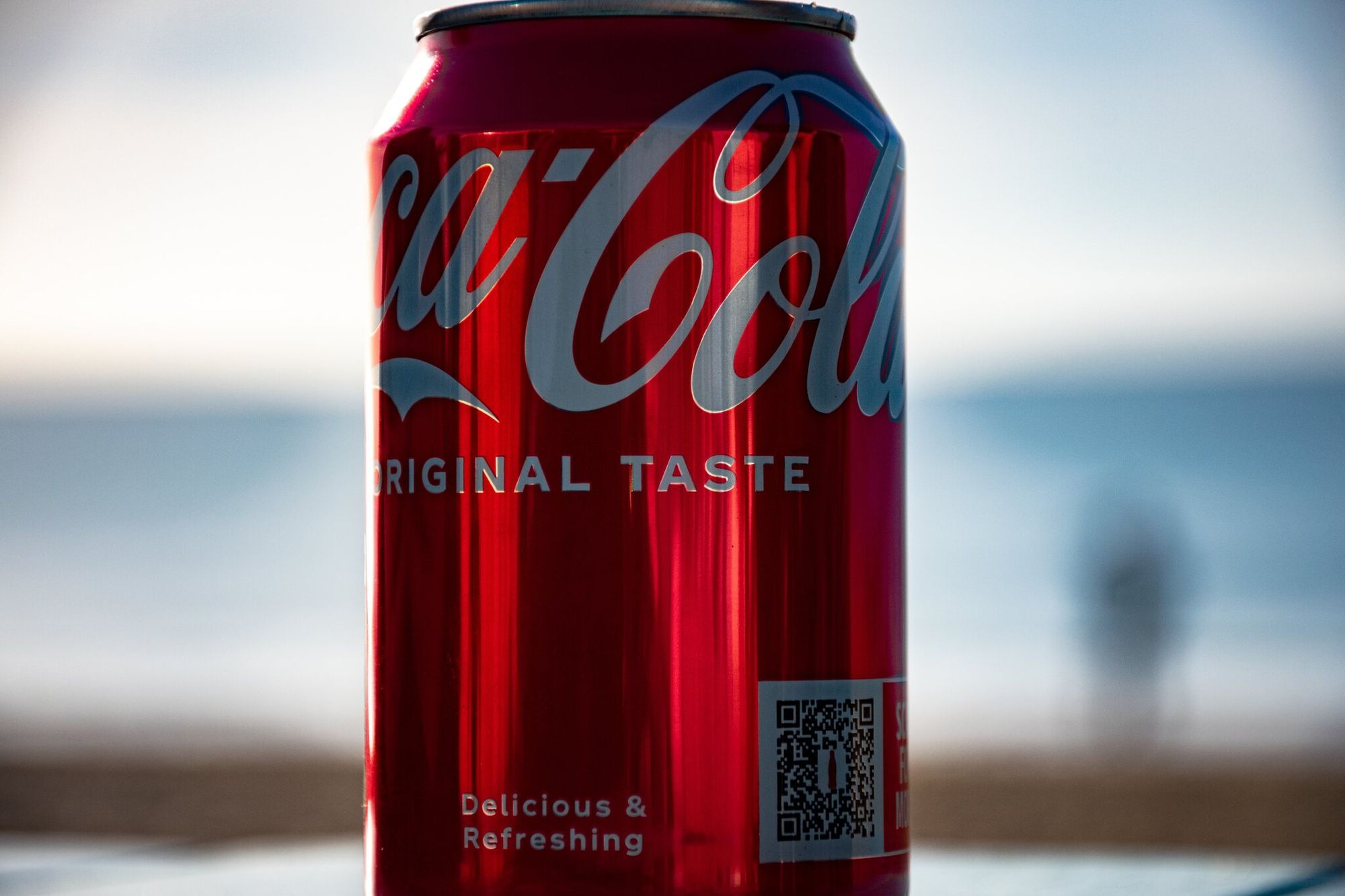
Another fantastic example is the QR codes by Coca-Cola printed right inside the bottle caps. These custom QR codes, known as "PINCodes," redirected users to a dedicated festive homepage, adding a dash of mystery and fun to the classic Coca-Cola. No wonder they have a worldwide appeal!
- 4. Heinz's Delicious QR Code Strategy
Heinz's QR code strategy was an innovative step, pairing condiments with QR codes. Each Heinz ketchup bottle in stores came with a QR code leading users to a grilling recipe page, providing both a product and a service simultaneously! The code completely blended with their brand by carrying their iconic tomato-red color – a brilliant mix of utility, aesthetics, and brand promotion.
- 5. Spotify Codes for Easy Music Sharing
Spotify took music sharing to the next level by introducing Spotify Codes. By simply scanning the code, users can access and share tunes faster, thereby revolutionizing music listening and sharing experiences. The code isn't just distinct with its bold black lines; it's also an embodiment of the app's charismatic black color theme.
Conclusion
A successful custom QR code balances design and readability, including recognizable brand elements, and benefits from carefully considering contrast, size, quality, and 'quiet zones'.
Test your QR codes and consider engaging CTAs to boost scan rates. To ensure effectiveness, creativity should be within best practice guidelines.
Making a creative QR code is a process and all you need to do is to focus on beneficial tips while creating your QR code.
Frequently Asked Questions
How do you make a QR code creative?
The key to making a QR code creative is mastering the art of customization. Start by picking an advanced QR code generator that offers in-depth customization options. In available features, check for color customization, the ability to add a logo, and the capability to generate various kinds of QR codes.
Next, think of the aesthetics. Choose your brand colors, integrate your logo, and select unique shapes and frames, if possible, while ensuring it's readable and scannable. Follow the rule of contrast and use high-quality images.
Creativity comes into play when you ensure your QR code isn't just functional and visually captivating and aligns splendidly with your brand. Remember, your QR code should be representative of your brand's persona.
How do you make a QR code look good in design?
Making your QR code look good not only boosts its visual appeal but also improves its performance by increasing the willingness of users to engage with it. Here are a few methods to make your QR code look good:
1. Use Brand Colors: Add your brand colors to the QR code to make it vibrant and attractive while boosting brand recognition.
2. Incorporate Logo: Placing your brand logo in the center of the QR code gives it a distinct identity, making it instantly recognizable.
3. Optimize size: Ensure your QR code is big enough to be scanned easily while not being so large that it overpowers other design elements.
4. Contrast: Maintain a high contrast between the color of your QR code and its background to increase visibility and scannability.
Remember, the goal should be to make your QR code a visual extension of your brand while keeping it functional.
How do I create a custom QR code shape?
To create a custom QR code shape, you must use a QR Code Generator that provides advanced customization options. These generators allow you to include colors, add a logo, and choose different shapes and frames for your QR code.
Typically, the steps involve selecting the type of QR code you want to create (URL, text, email, etc.), inputting the relevant information, choosing the color scheme, and selecting the shape.
As you create a custom shape, it's important to remember that the readability of the QR code should not be affected. Do not compromise the necessary elements of the QR code while altering its shape, which might affect the codes' scanability.
Discover these blog posts while you are here:


